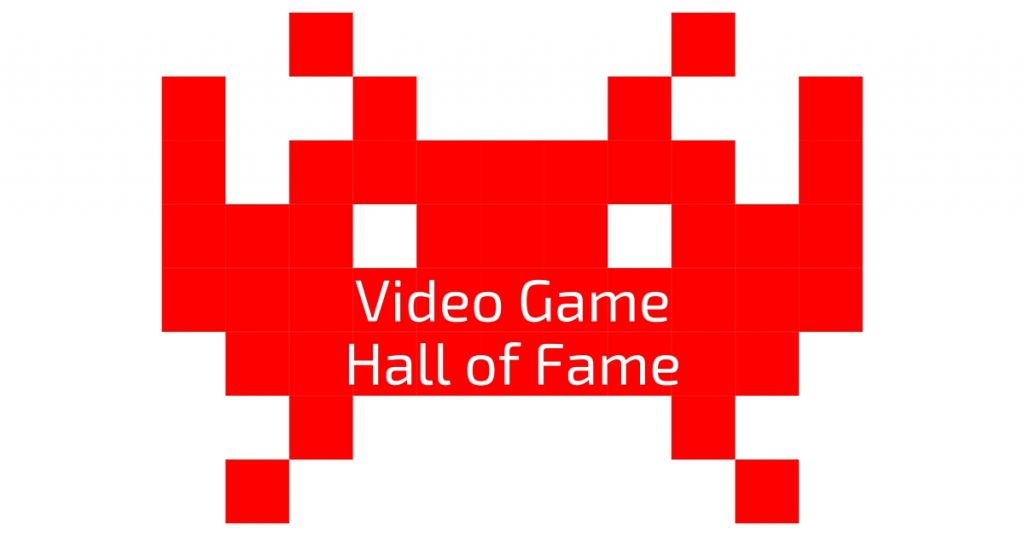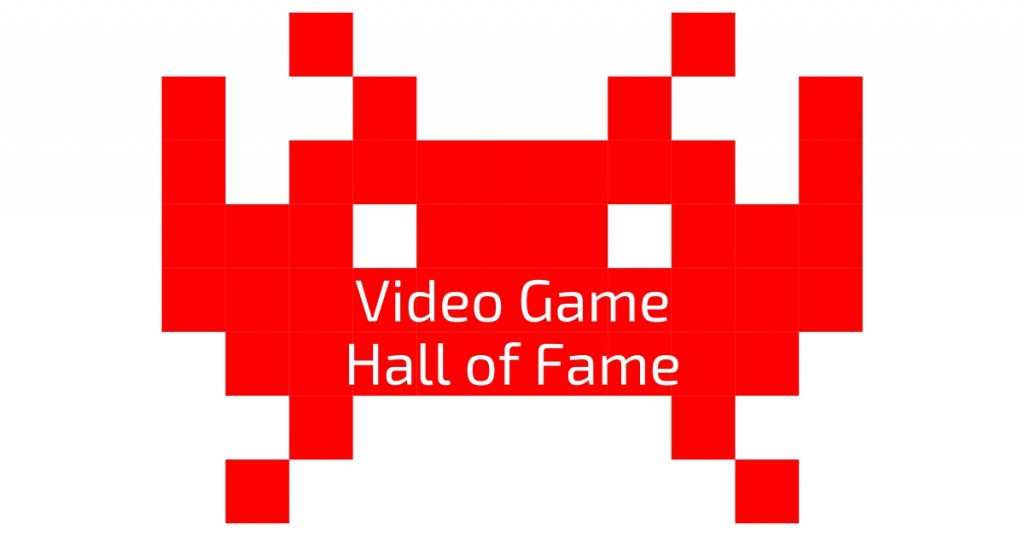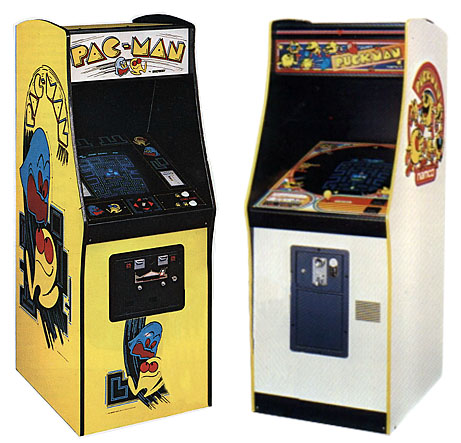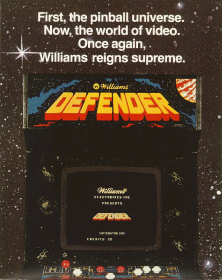Today most video games are played in the home, but in the 1970s and 1980s, if you wanted to play the newest, hottest games, you went to an arcade. Here are the stories of a few of the classics we played back in the golden age of arcade games.
SPACE INVADERS (Taito, 1978)
Object: Using a laser cannon that you scroll back and forth across the bottom of the screen, defend yourself from wave after wave of aliens descending from the top of the screen.
Origin: Space Invaders started out as a test that was used to measure the skill of computer programmers, but someone decided that it might also work well as an arcade game. They were right—the game became a national craze in Japan. Introduced to the U.S. market by Midway in October 1978, Space Invaders became the biggest hit of the year. It made so much money—a single unit could earn back its $1,700 purchase price in as little as four weeks—that it helped arcade games break out of arcades and smoky bars into nontraditional venues like supermarkets, restaurants, and movie theater lobbies.
TEMPEST (Atari, 1981)
Object: Shoot the moving shapes—red brackets, green spikes, yellow lines, and multicolored balls—before they climb up and out of the geometrically shaped “well” they’re in and get you.
Origin: Atari game designer Dave Theurer needed an idea for a new video game, so he went to the company’s book of potential themes compiled from brainstorming sessions. The idea he chose to develop was “First Person Space Invaders”—Space Invaders as seen from the perspective of the laser cannon at the bottom of the screen. Theurer created a game and showed it to his superiors…and they told him to dump it unless he could “do something special with it.” Theurer told them about a nightmare he’d had about monsters climbing out of a hole in the ground and coming to get him. “I can put it on a flat surface and wrap that surface around to make a cylinder, and rotate the cylinder,” Theurer suggested. As he conceived it, the cylinder would move while the player stood still…but he abandoned that idea when the rotating cylinder started giving players motion sickness. “I switched it so the player moved around,” Theurer says. “That fixed it.”
https://www.youtube.com/watch?v=910wMffi8_E
LEGENDARY FLOP: LUNAR LANDER (Atari, 1979)
Object: Find a flat spot on the lunar surface and use your booster engines to slow your spaceship (without running out of fuel) and land it safely on the moon.
Origin: The game was adapted from a computer simulation used in college physics courses to teach students about lunar gravity. Atari had high hopes for the game, even designing a special two-handled lever that controlled the booster engines. It flopped. So did the special lever: “Springs on the lever made it snap back in place when it was released,” Steven Kent writes in The Ultimate History of Video Games. “Unfortunately, some younger players got their faces too close to the lever, resulting in complaints about children being hit in the face.”
Object: Maneuver Pac-Man through a maze and eat all 240 dots without getting caught by one of the four “ghosts”—Inky, Blinky, Pinky, and Clyde.
Origin: In 1979 a game designer named Toru Iwatani decided to make a game that would appeal to women, who were less interested in violent, shoot-the-alien games like Space Invaders. Iwatani thought that eating things on the computer screen would make a good nonviolent alternative to shooting them. He came up with the idea for the Pac-Man character over lunch. “I was having pizza,” he says. “I took one wedge and there it was, the figure of Pac-Man.” Well, almost: Pac-Man was originally supposed to be called Puck- Man, because the main character was round like a hockey puck…but the name was changed to Pac-Man because Namco officials “worried about American vandals changing the ‘P’ to an ‘F’.”
DONKEY KONG (Nintendo, 1980)
Object: Save the girl from the giant ape.
Origin: One of Nintendo’s first video games was a Space Invaders knockoff called Radarscope. It flopped in the United States, nearly bankrupting the distributor—who wanted to stop doing business with Nintendo. What could Nintendo do? They promised to ship new chips to American distributors so the unsold Radarscope games could be turned into new games. There was just one problem—they didn’t have any new game chips. So Nintendo president Hiroshi Yamauchi told the company’s staff artist, Shigeru Miyamoto, to come up with something fast. Miyamoto had never made a game before, and he hated tennis games, shooting games, and most games that were popular at the time. So he invented a game about a janitor who has to rescue his girlfriend from his pet ape, who has taken her to the top of a construction site. Miyamoto wanted to name the game after the ape, so he looked up the words for “stubborn” and “ape” in his Japanese/
English dictionary…and found the words “donkey” and “Kong.” Donkey Kong went on to become one of the most successful video games in history, giving Nintendo the boost it needed to build itself into a multibillion-dollar company and an international video game juggernaut. And it might never have happened if Radarscope hadn’t failed.
DEFENDER (Williams Electronics, 1980)
Object: Use your spacecraft to shoot hostile aliens while saving humanoids from being kidnapped and turned into mutants.
Origin: Another game helped along by a dream: Defender was supposed to make its debut at the 1980 Amusement & Music Operators of America (AMOA) convention, but less than two weeks before his deadline, creator Eugene Jarvis had only the rough outlines of a game—the name “Defender” and a spaceship attacking aliens, all against a planetary backdrop dotted with humanoids who didn’t really do anything. What was the defender defending? “The answer came to him in a dream,” Nick Montfort writes in Supercade. “Those seemingly pointless little men, trapped on the surface below, they were the ones to be defended.” Jarvis made his deadline, but the AMOA was afraid the game was too complicated. They were wrong. Defender became one of the most popular games of the year and made so much money that in 1981 the AMOA voted it Video Game of the Year.












